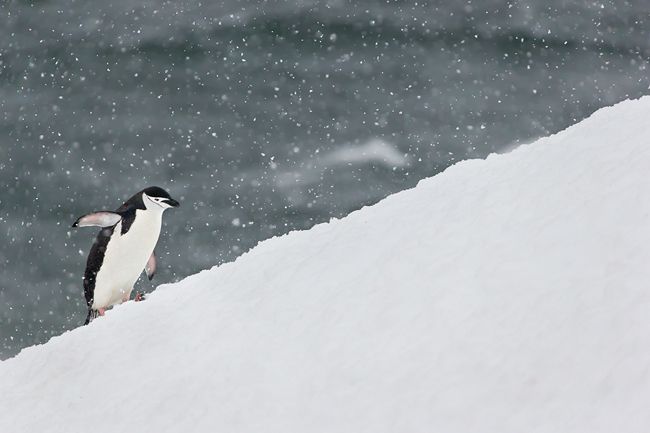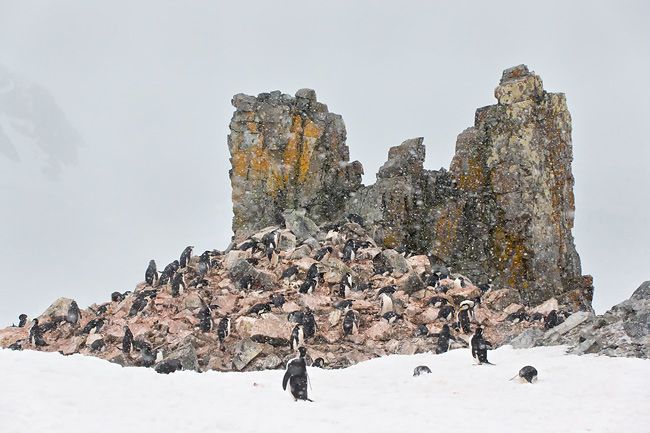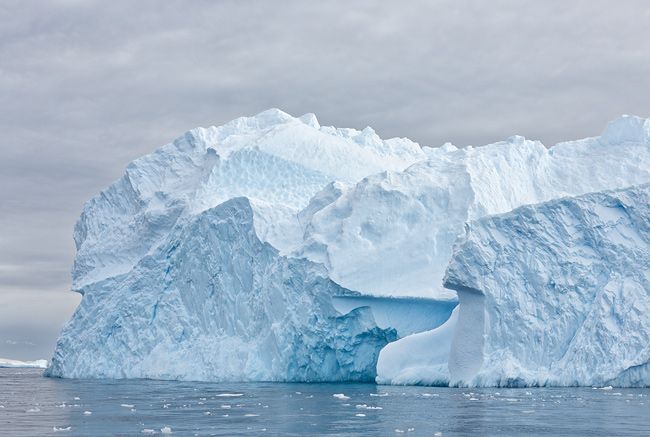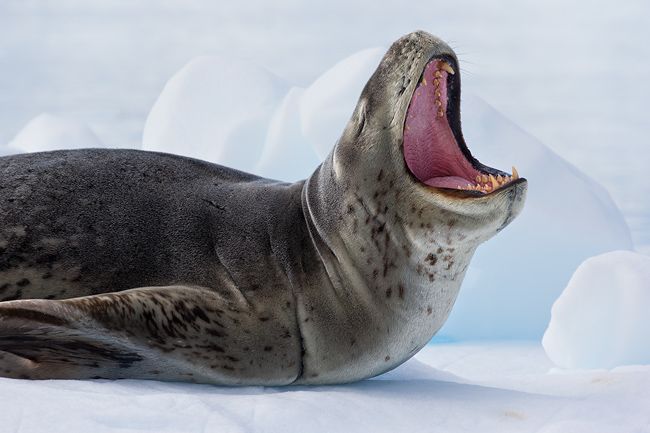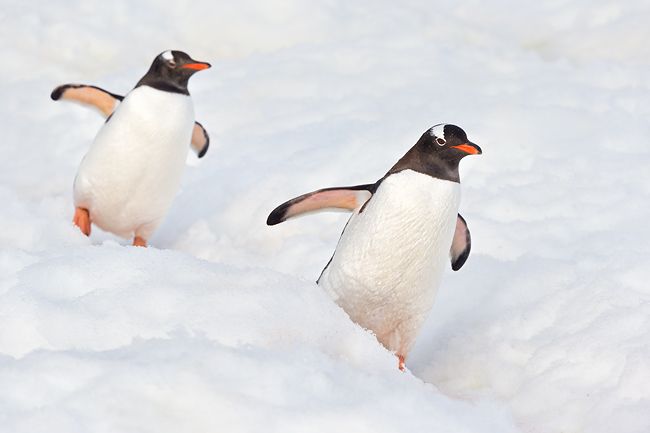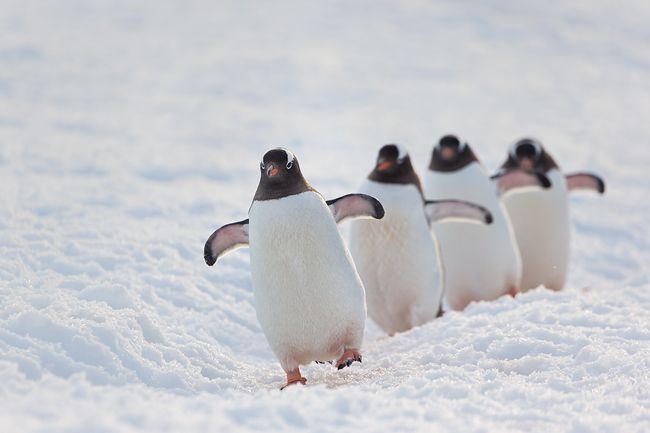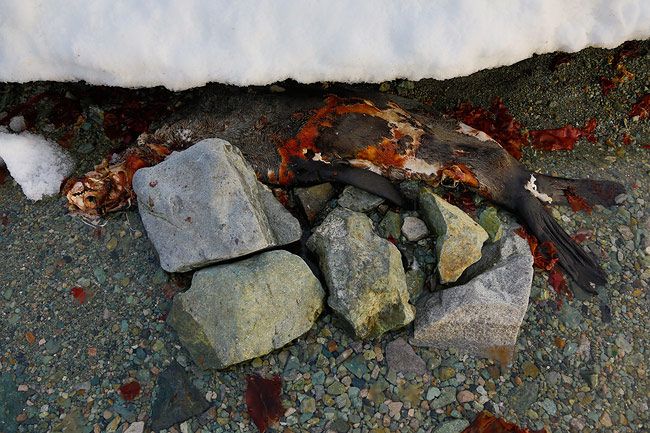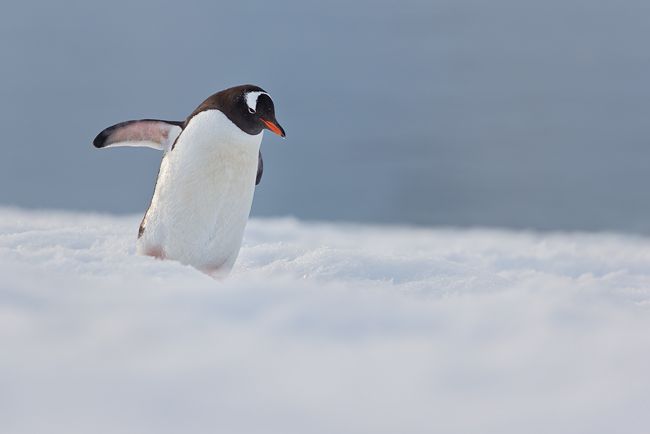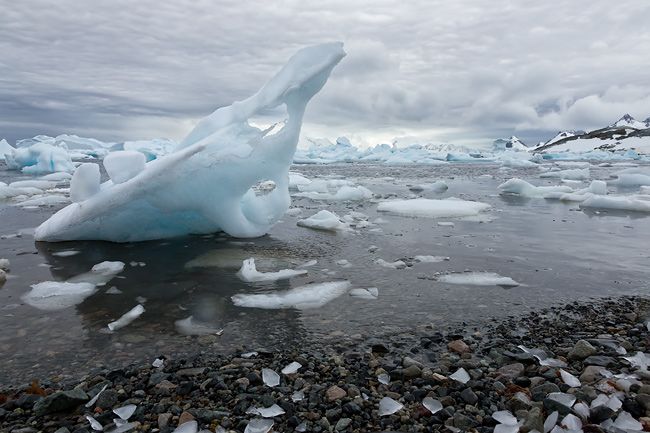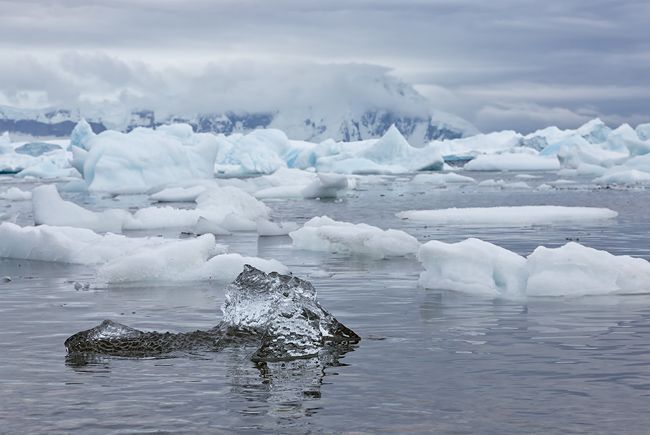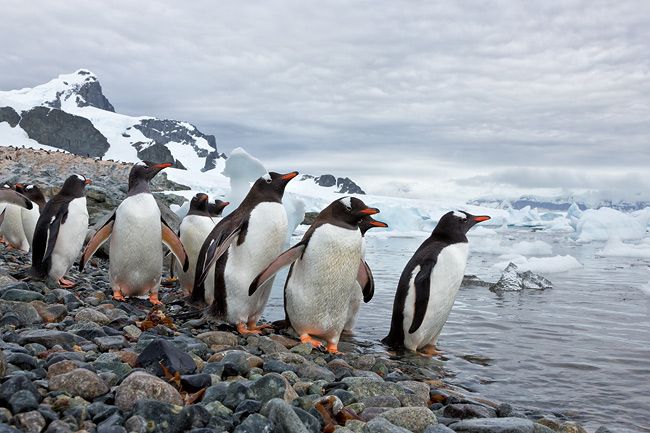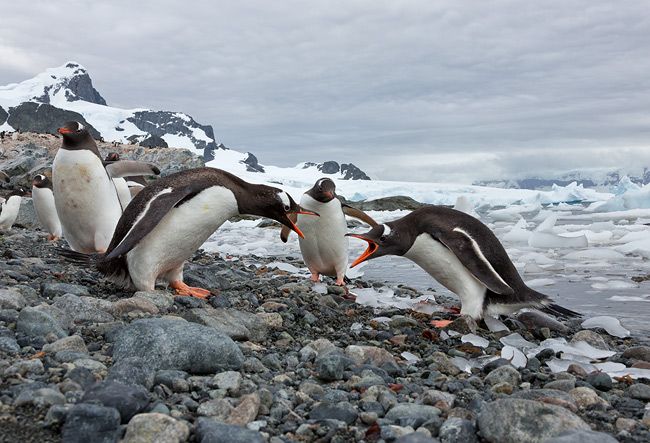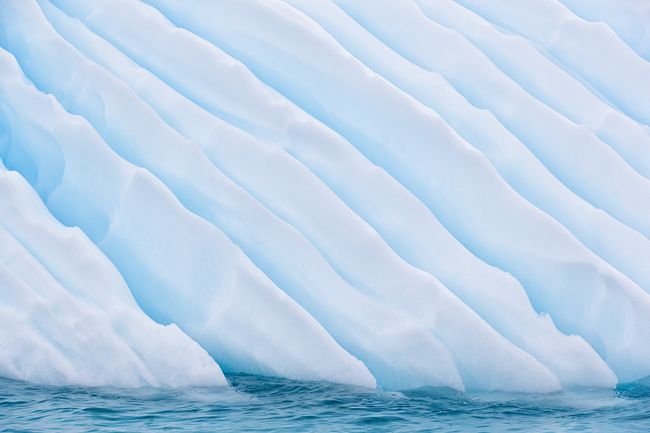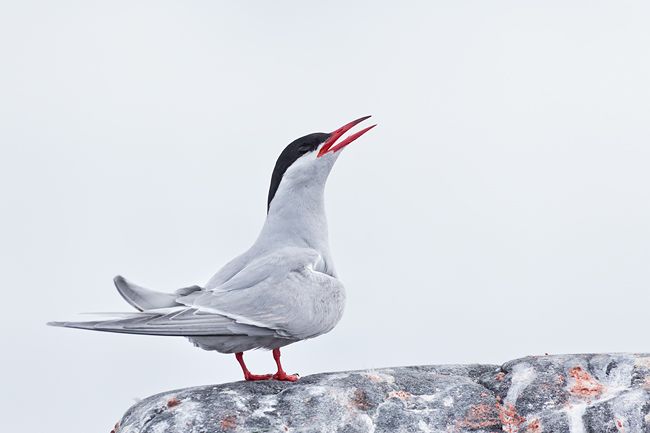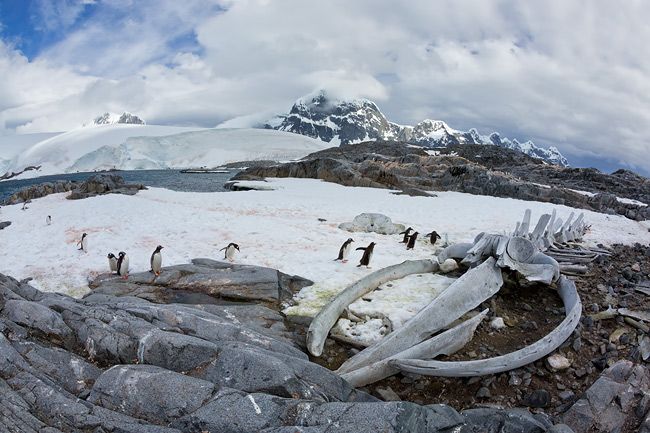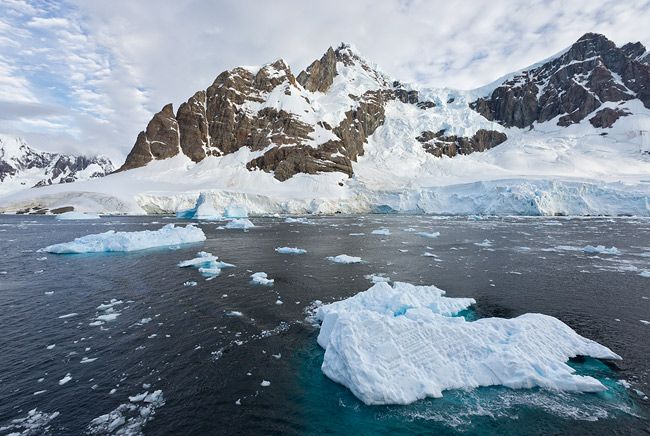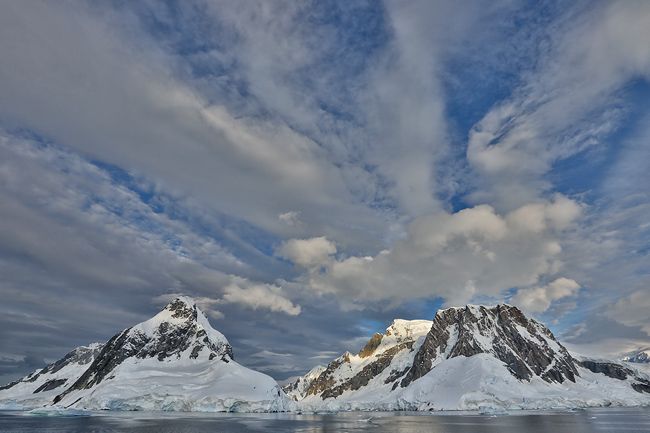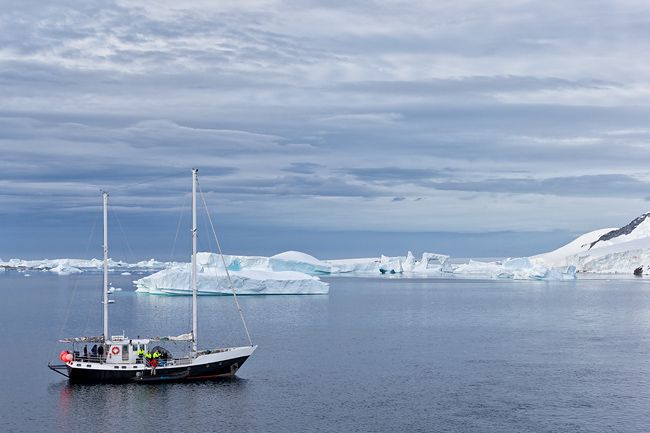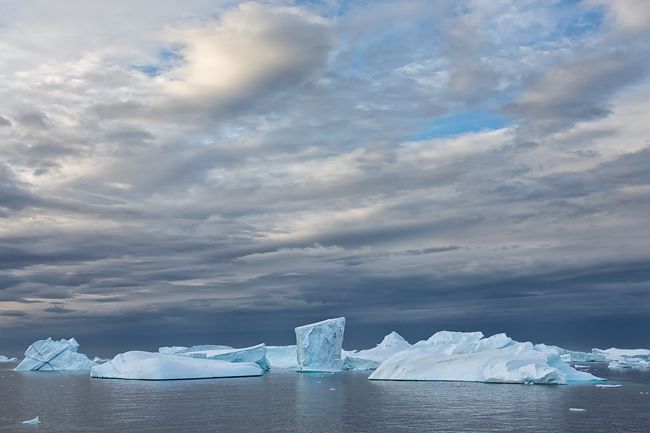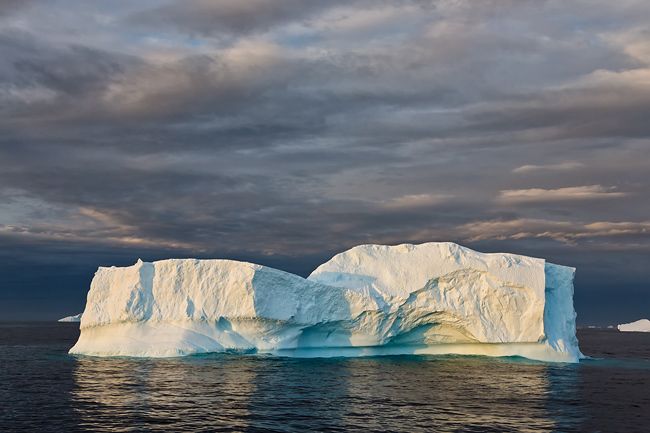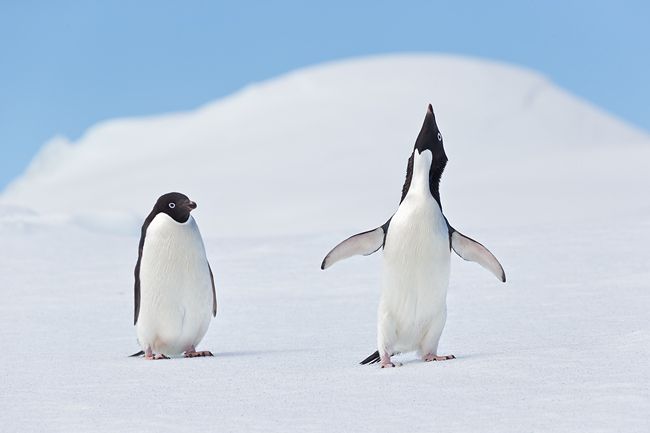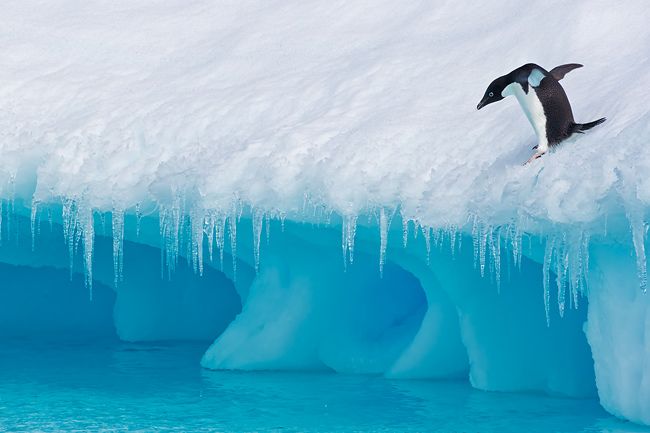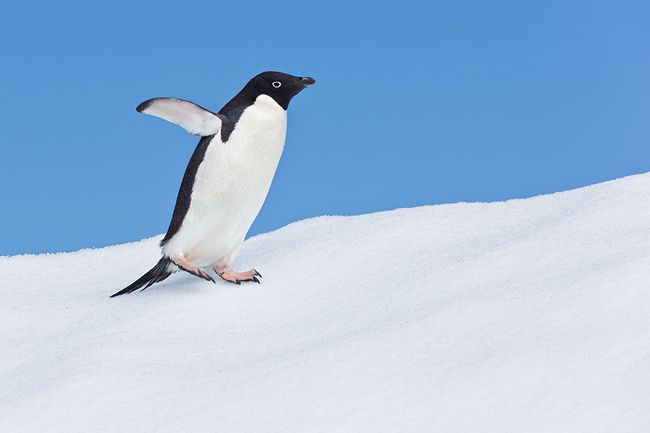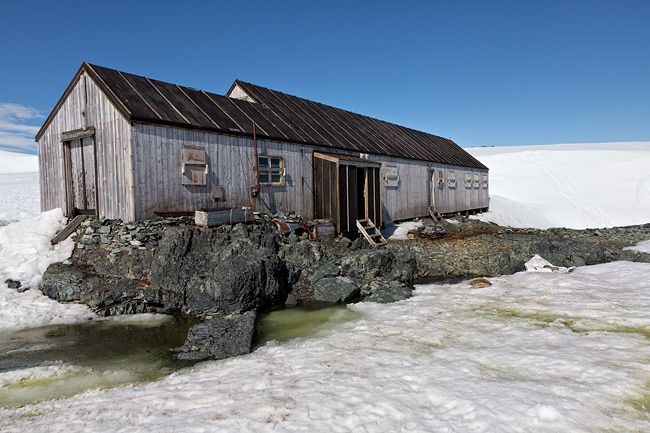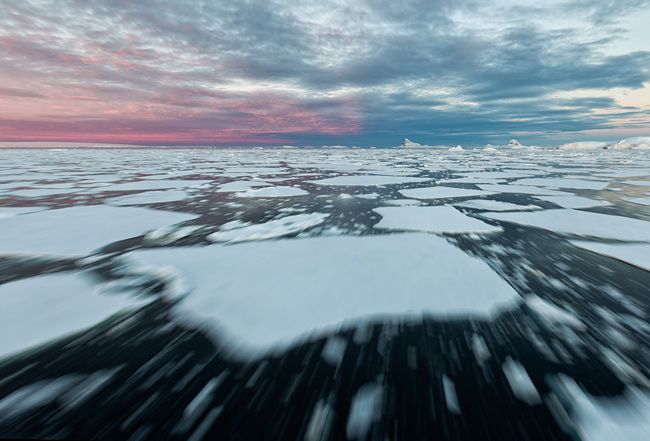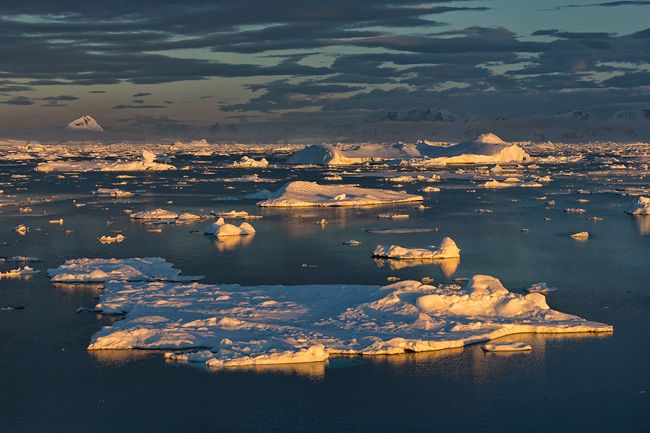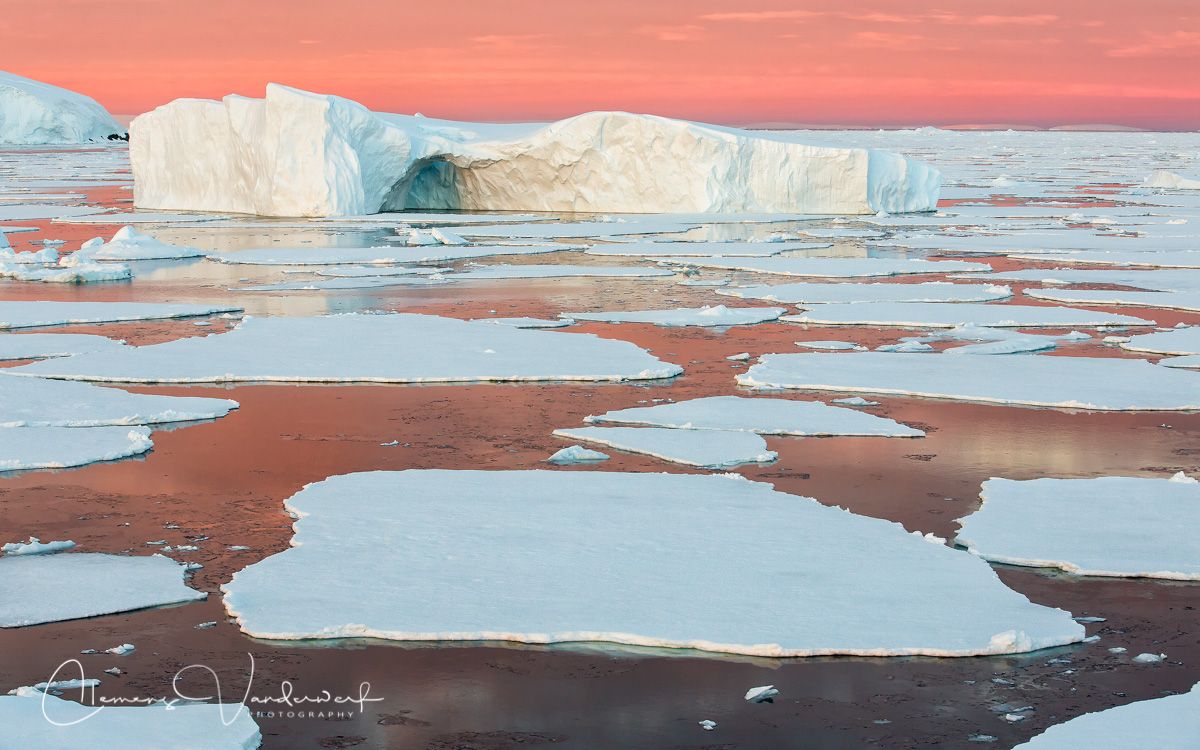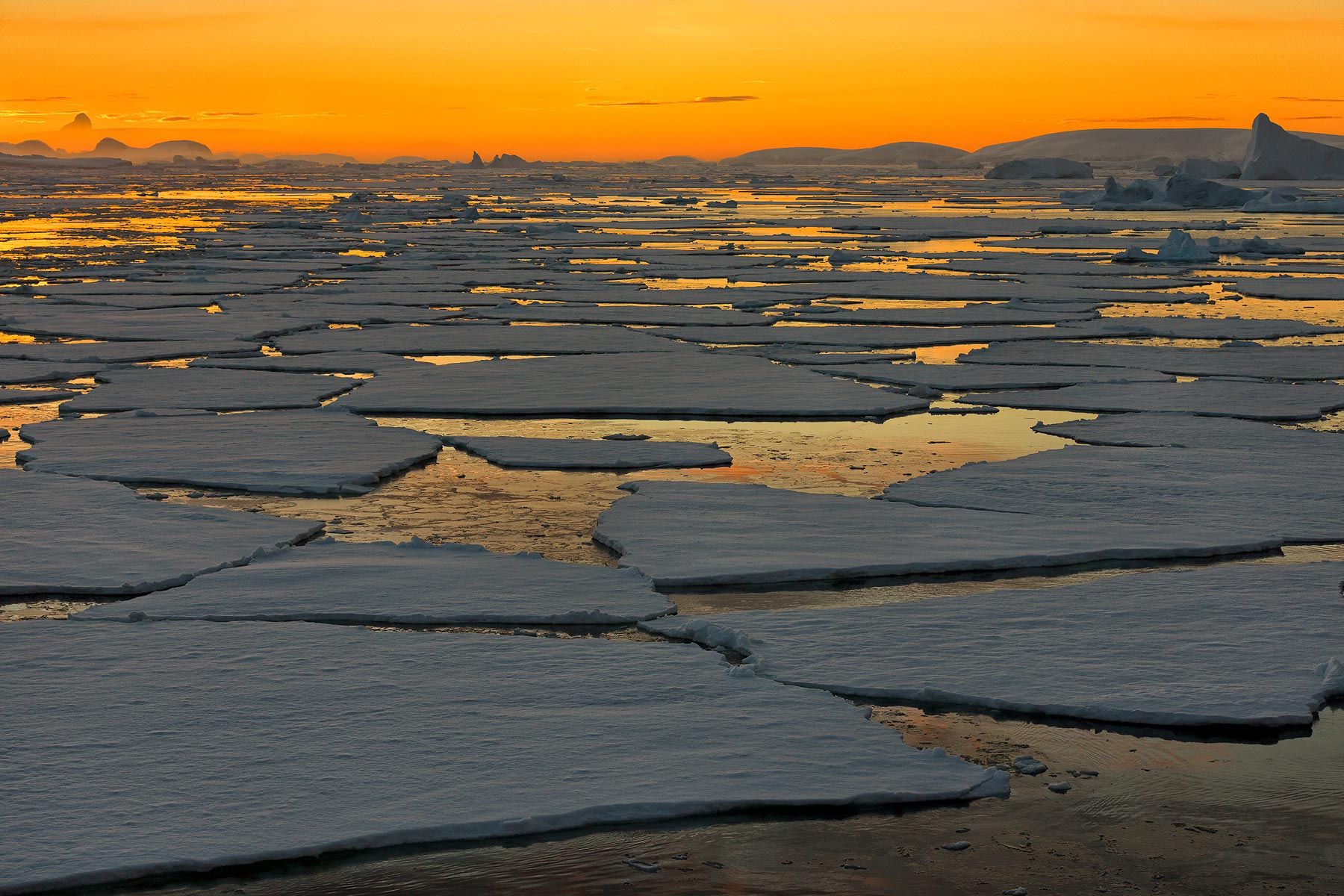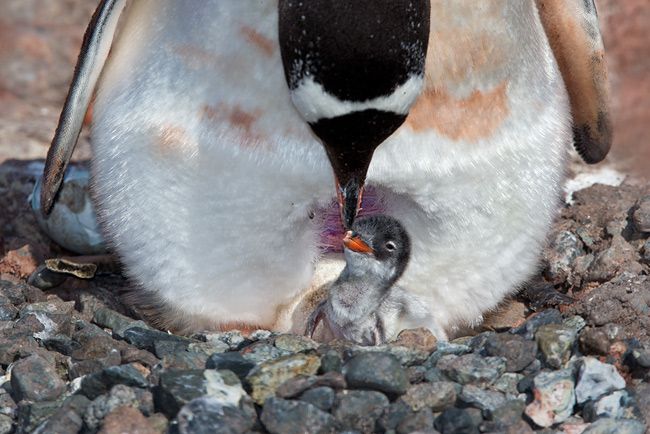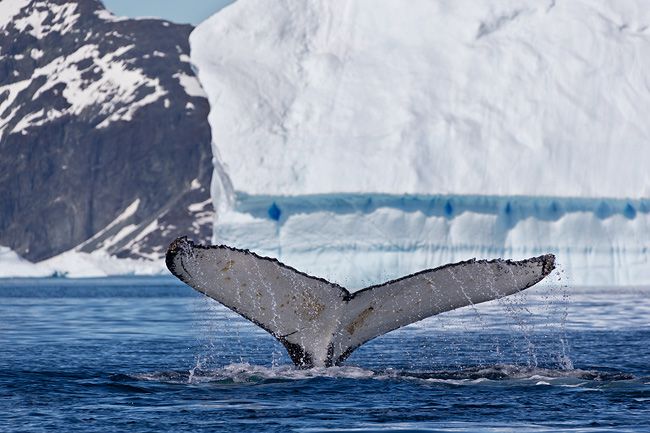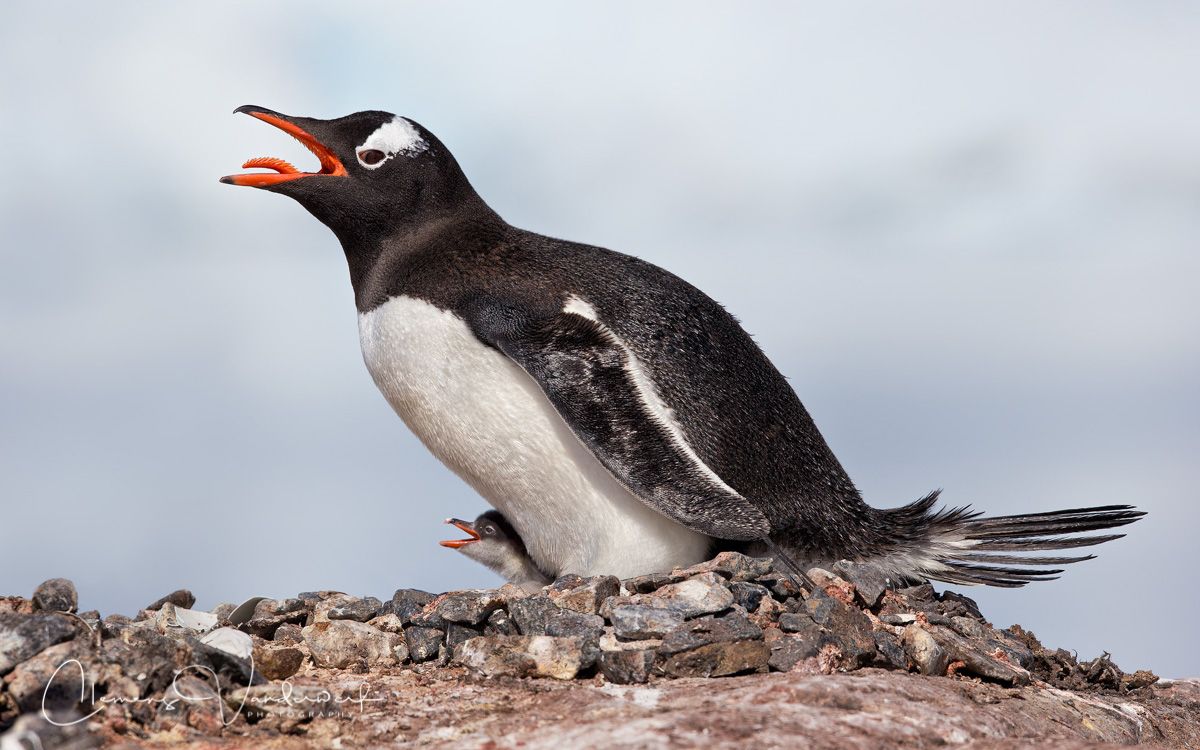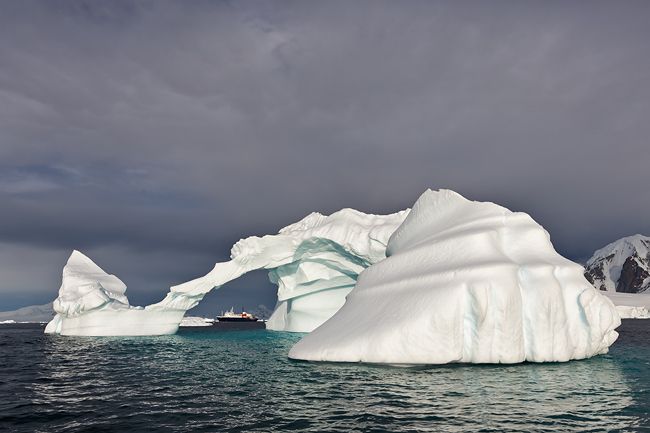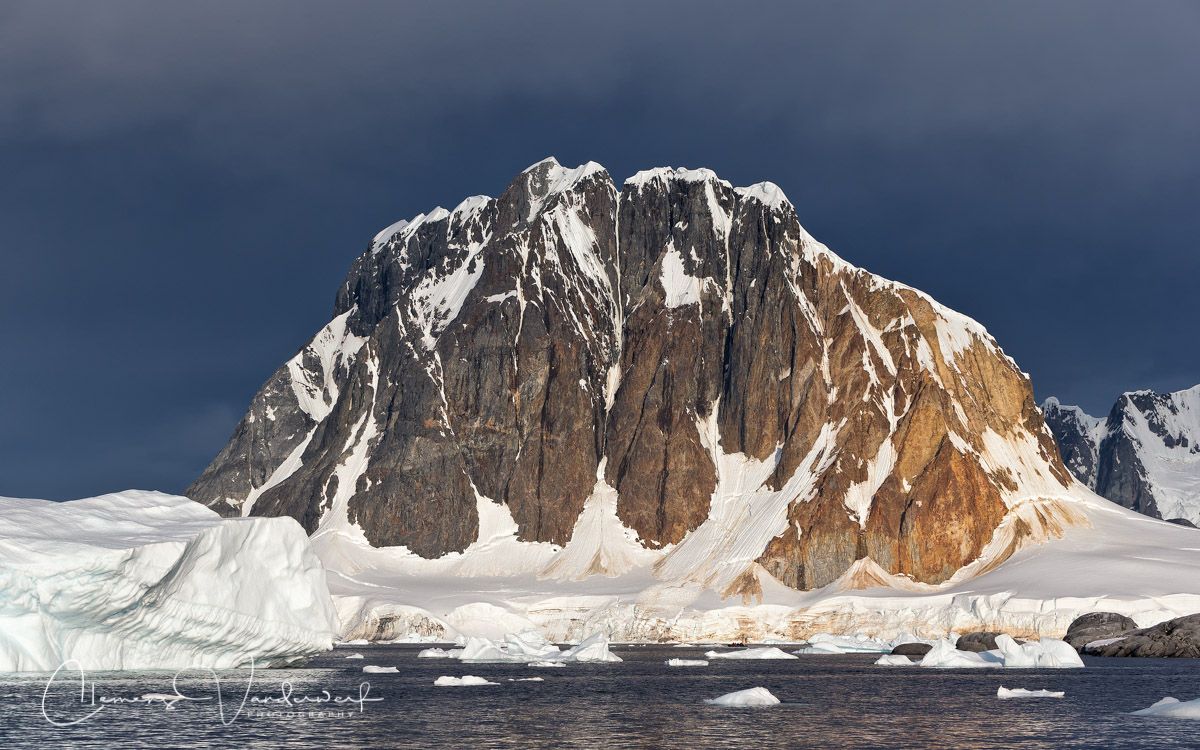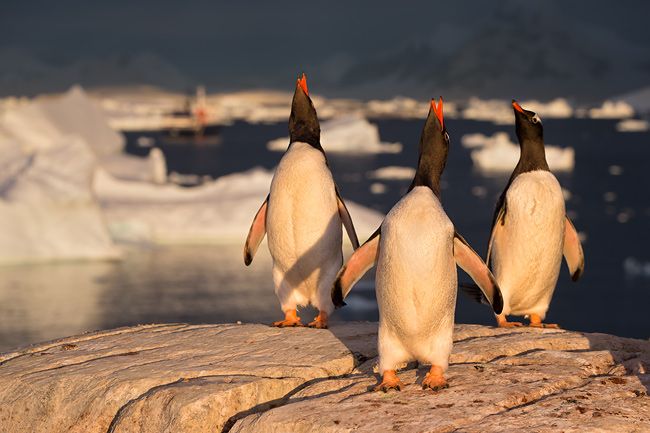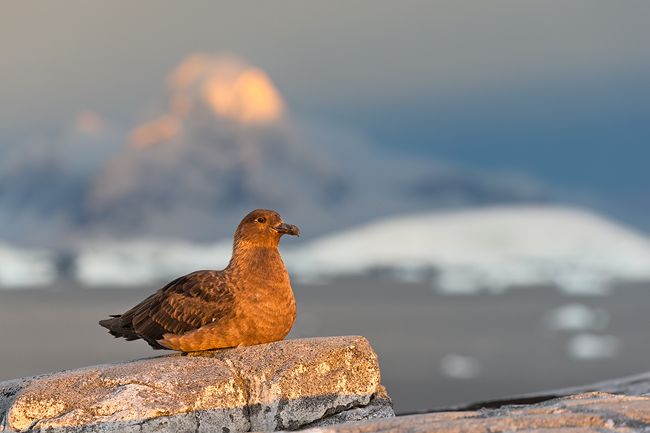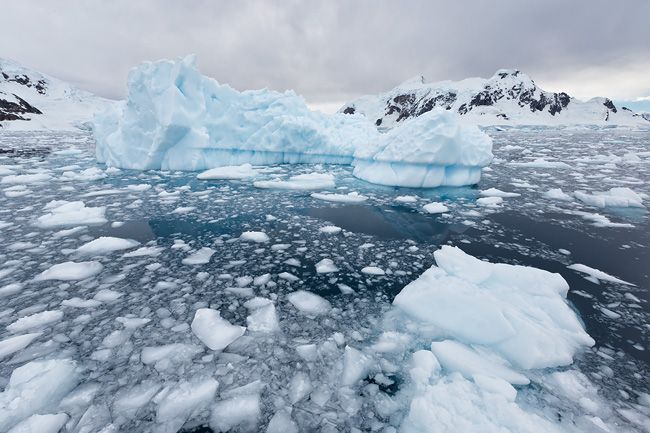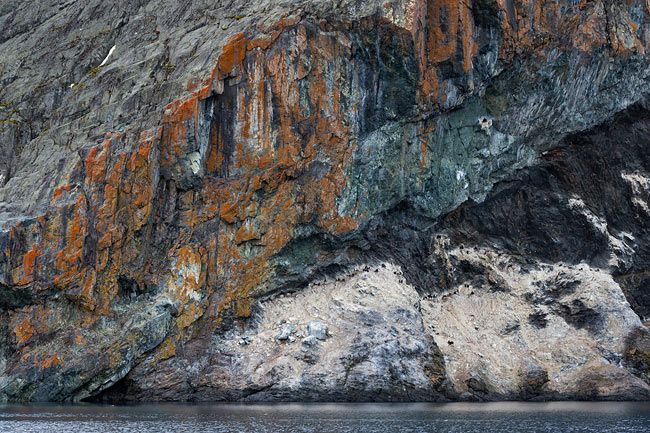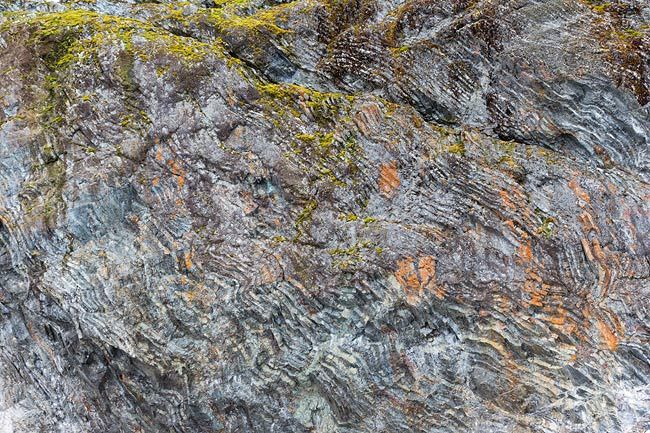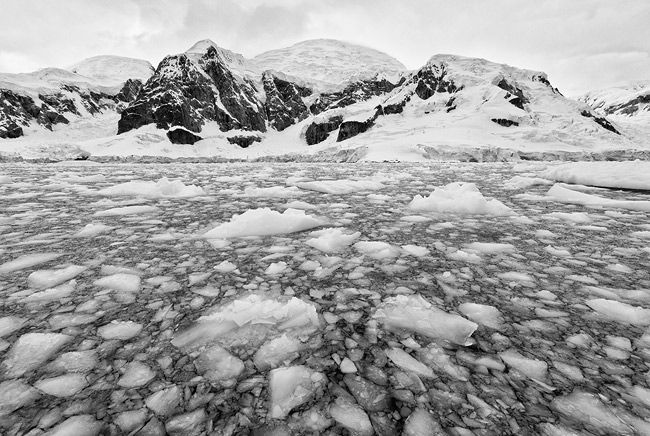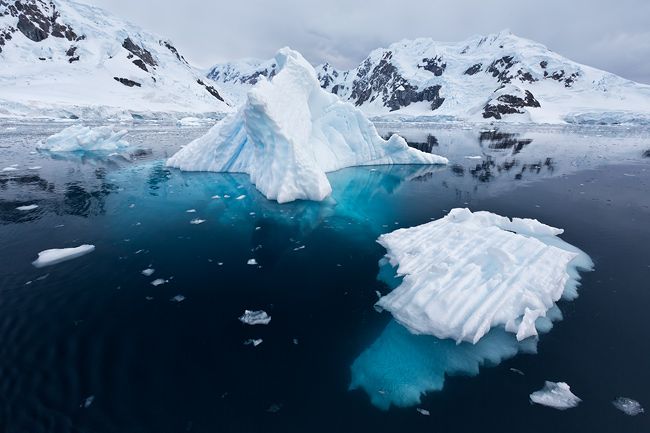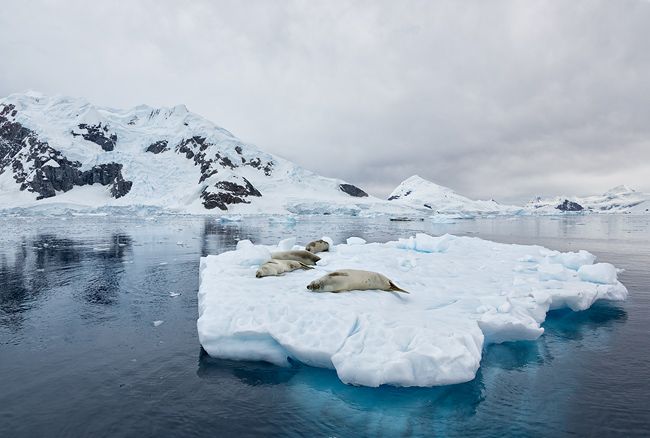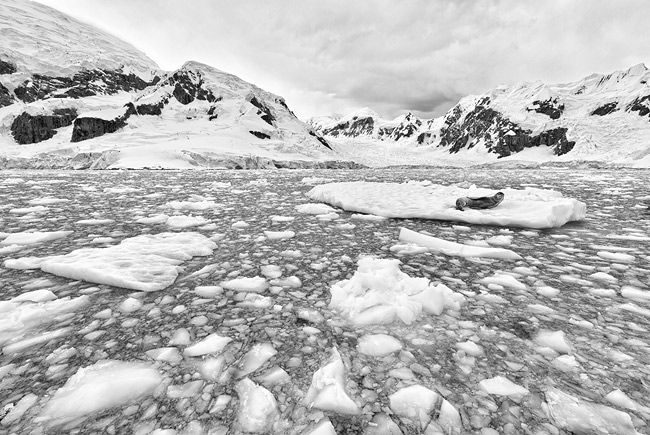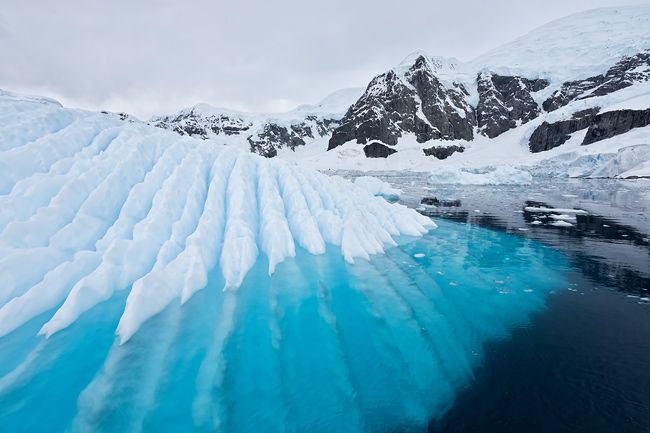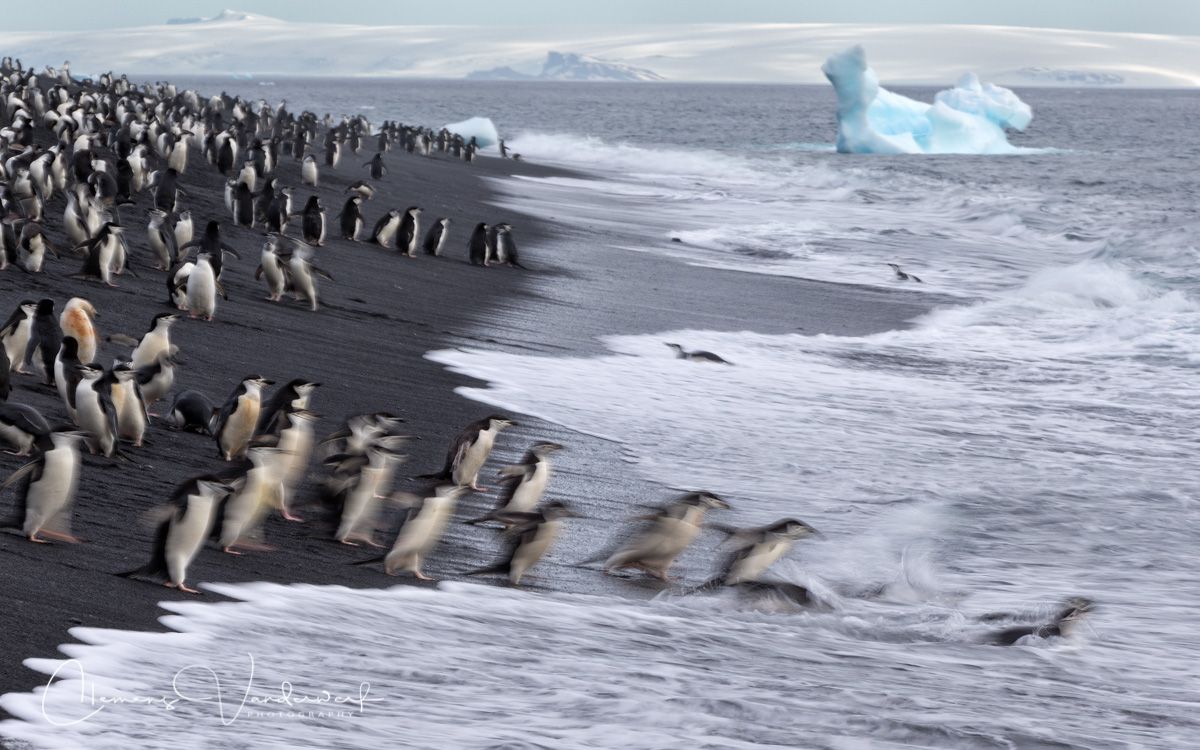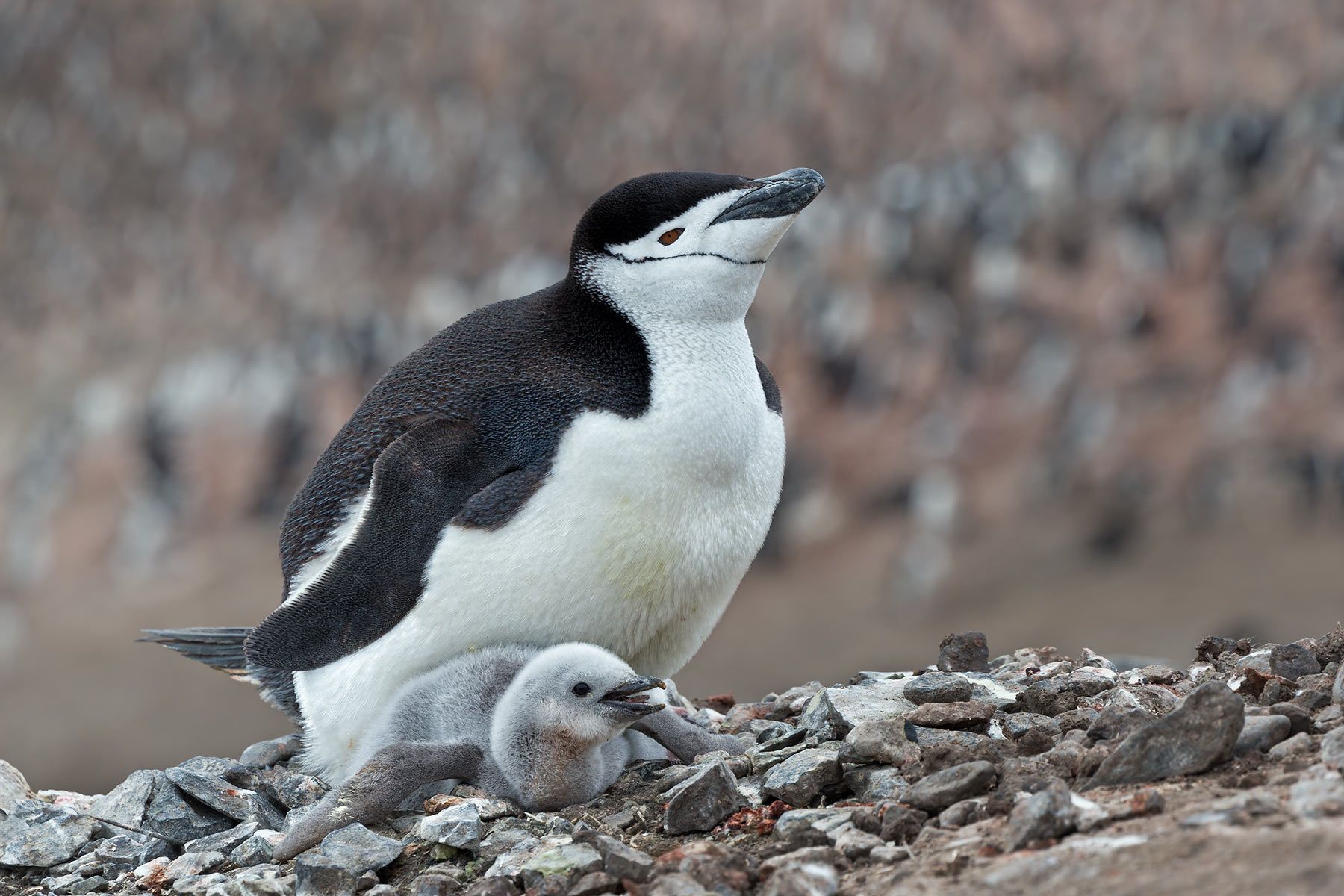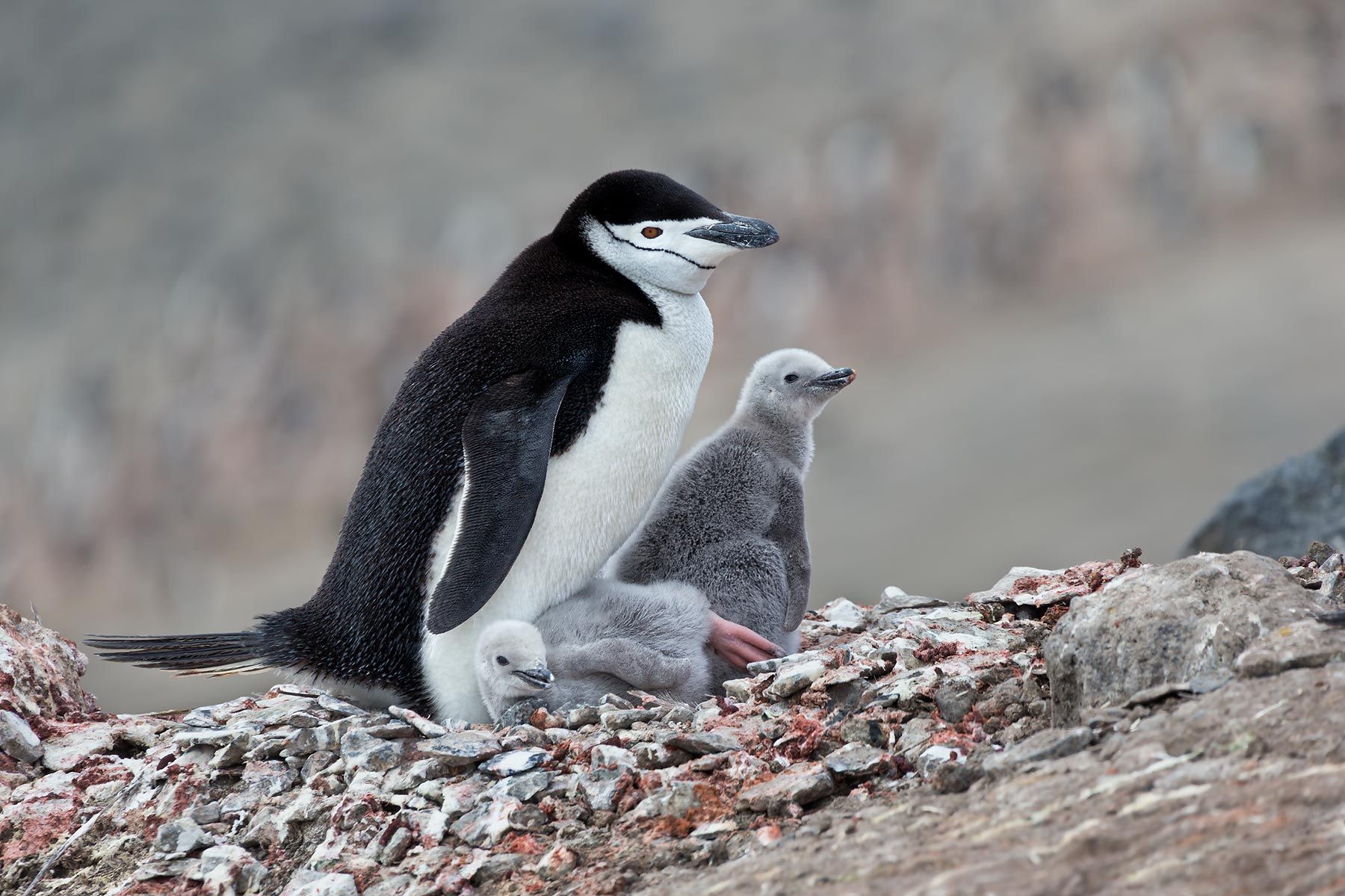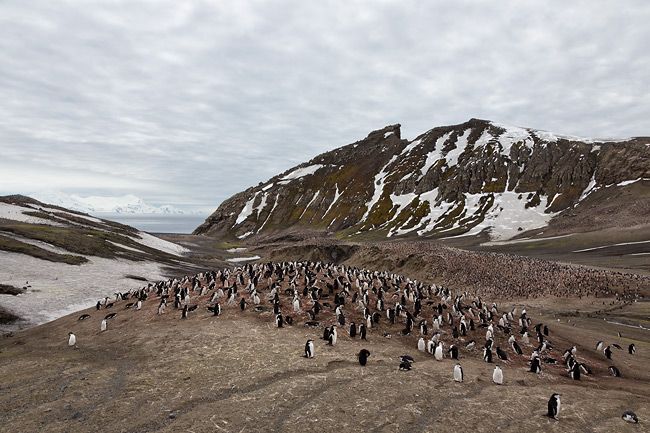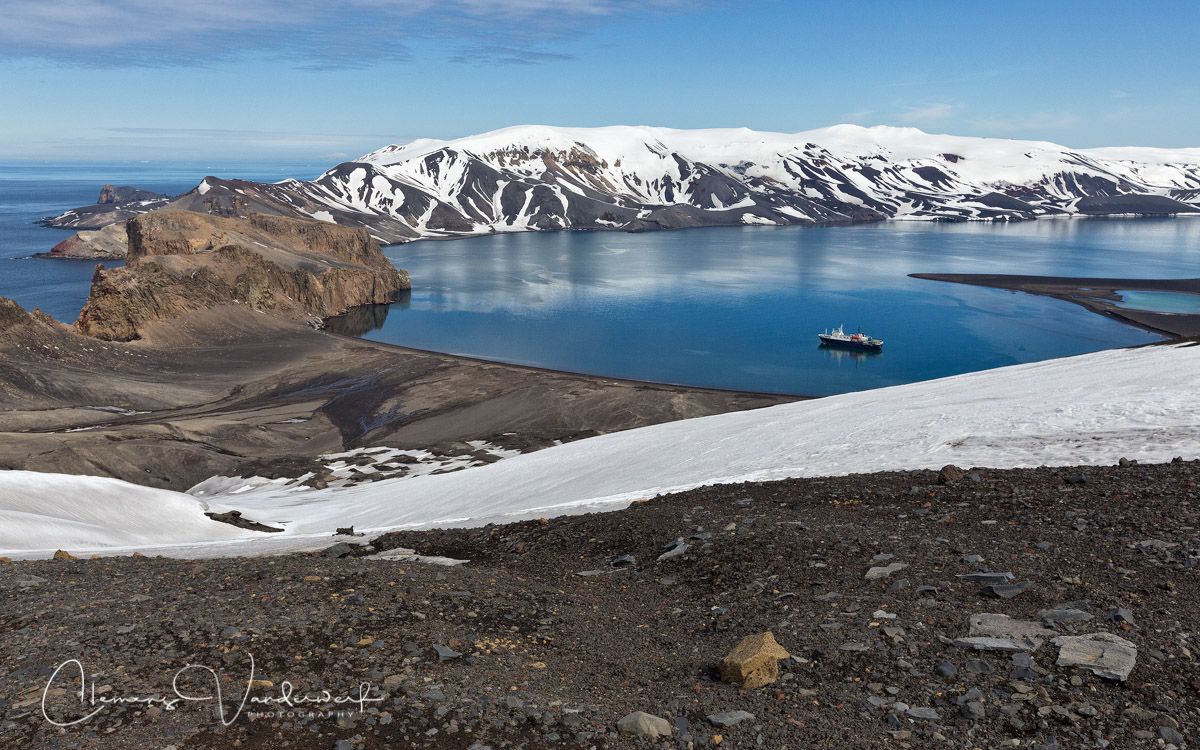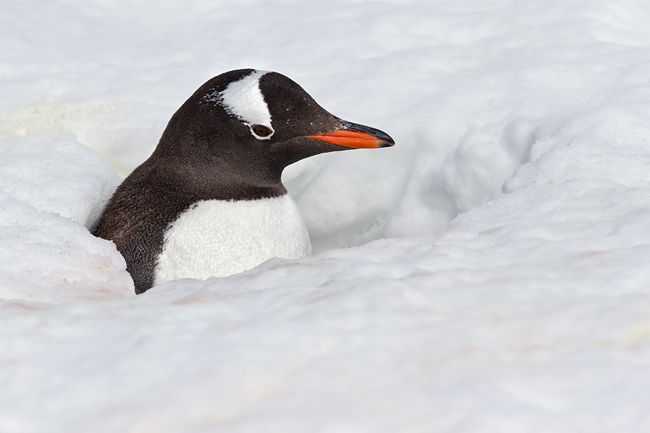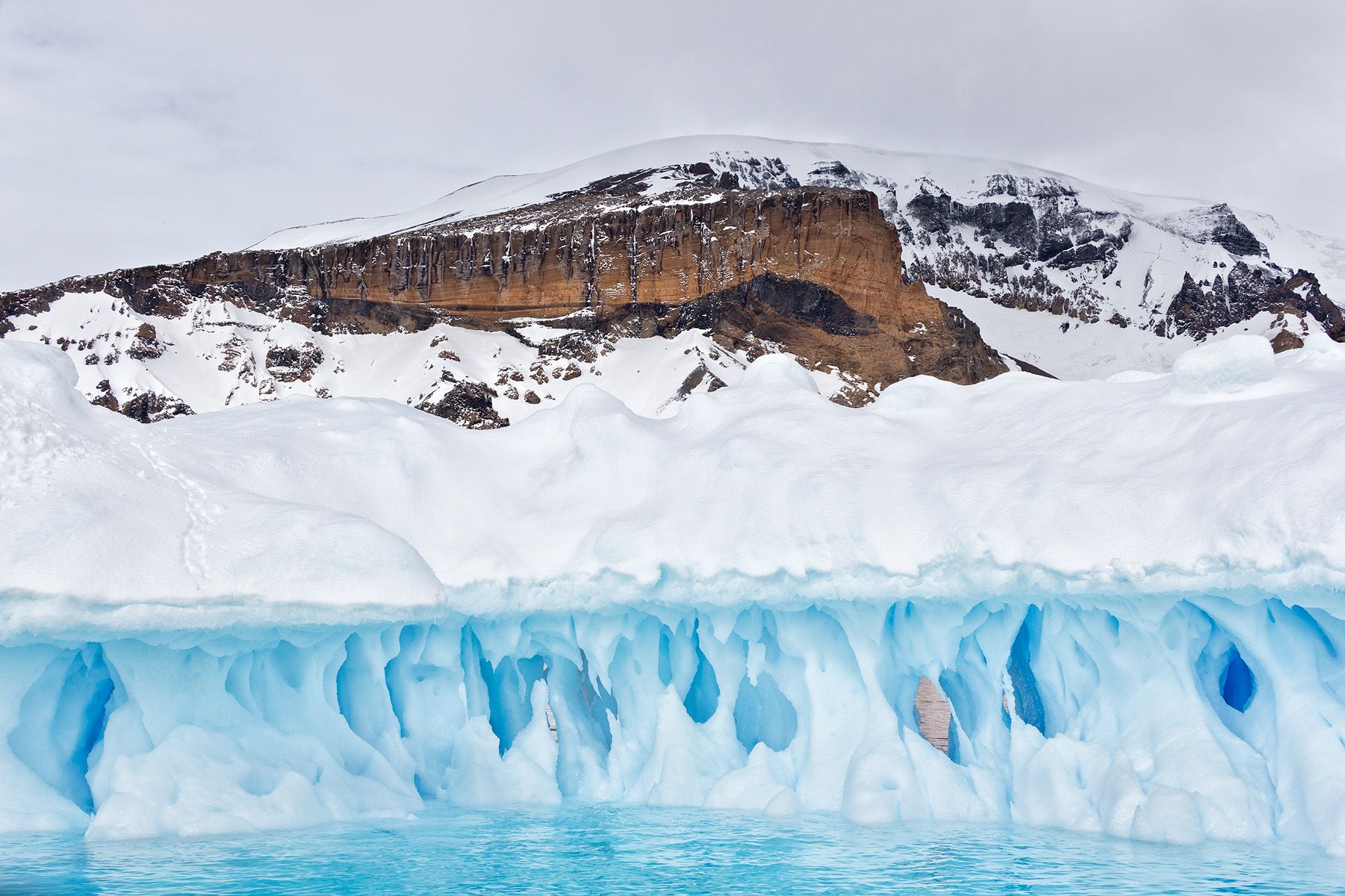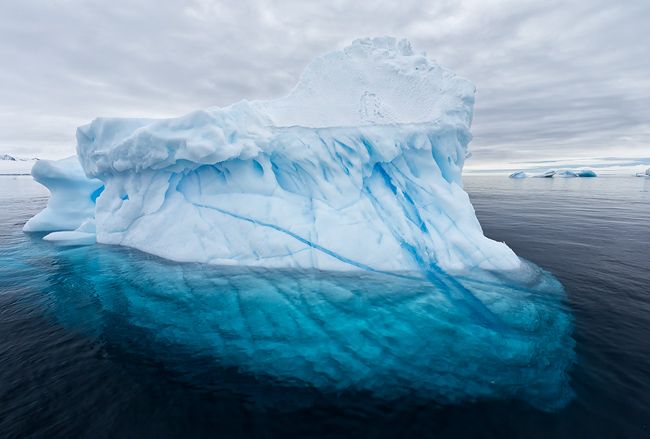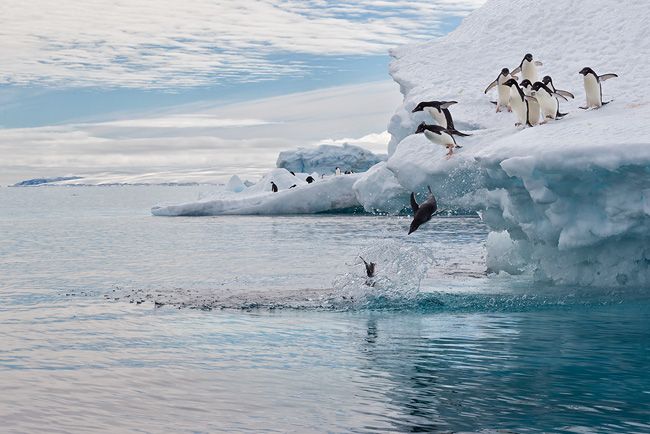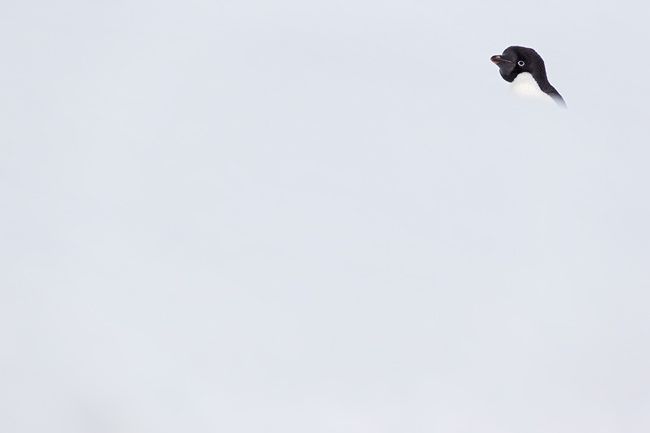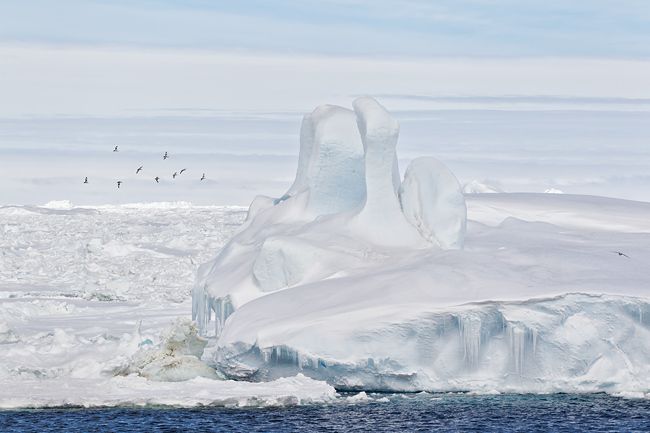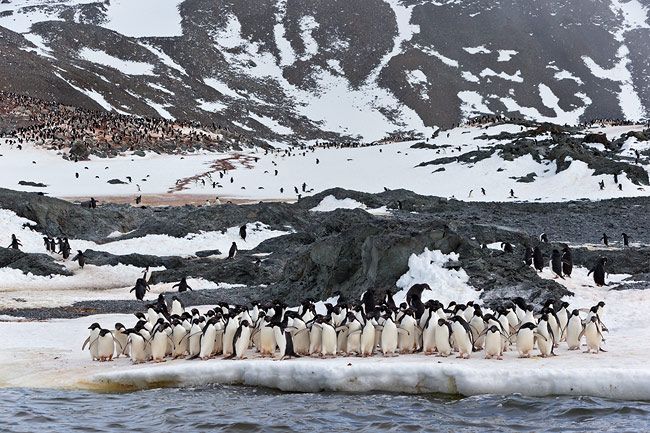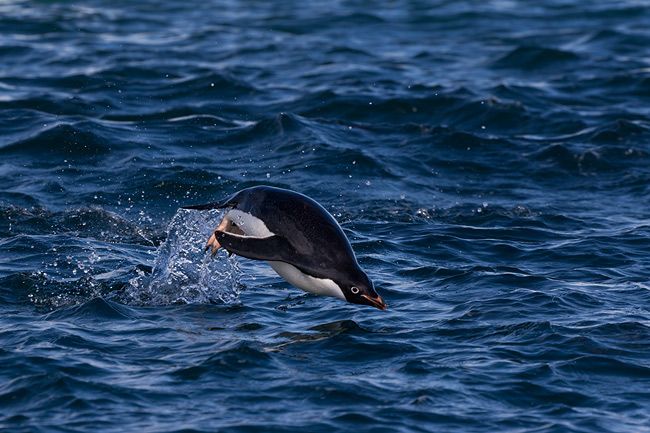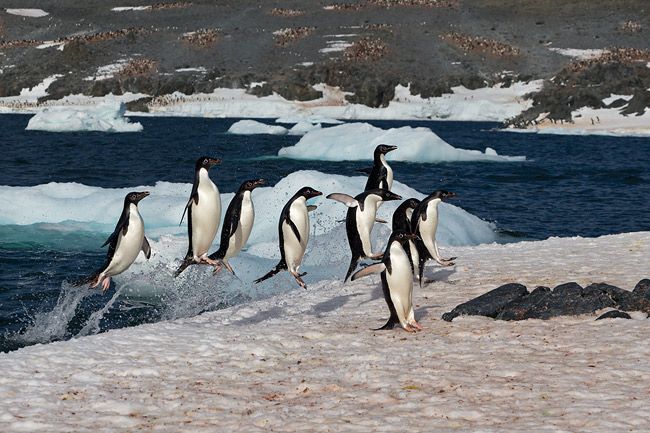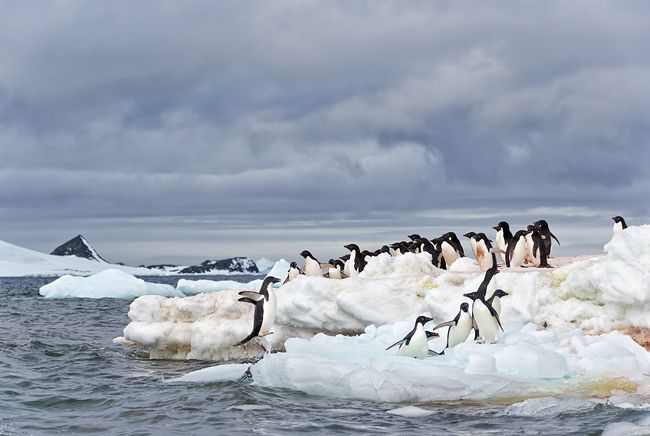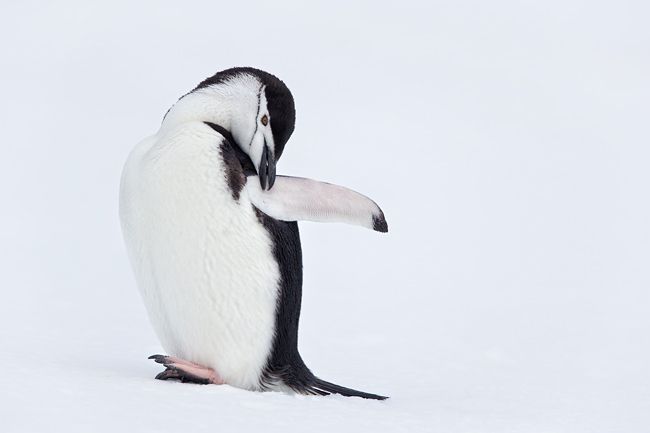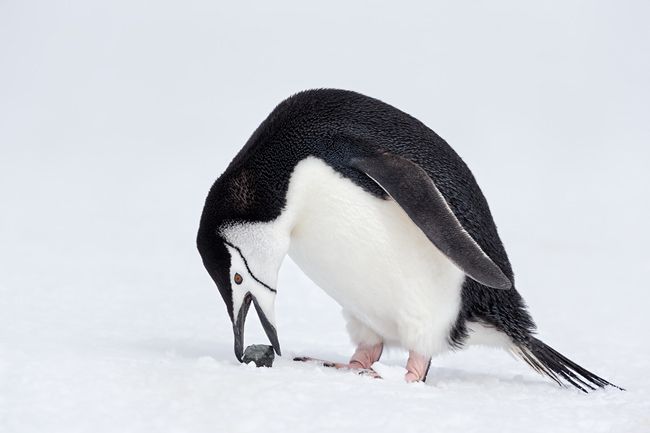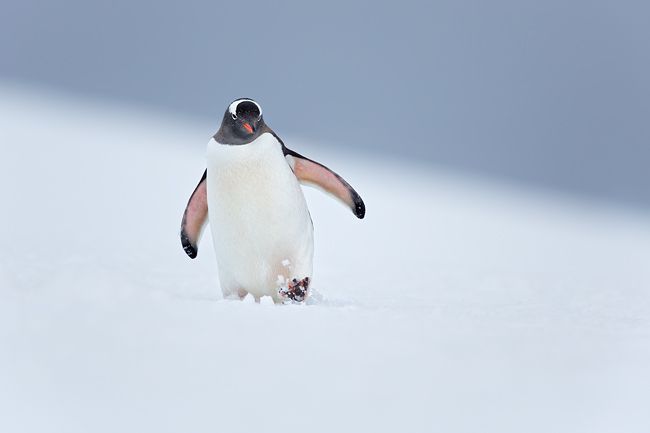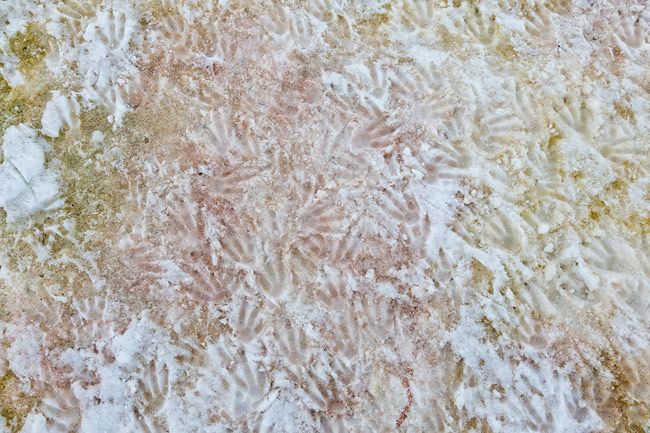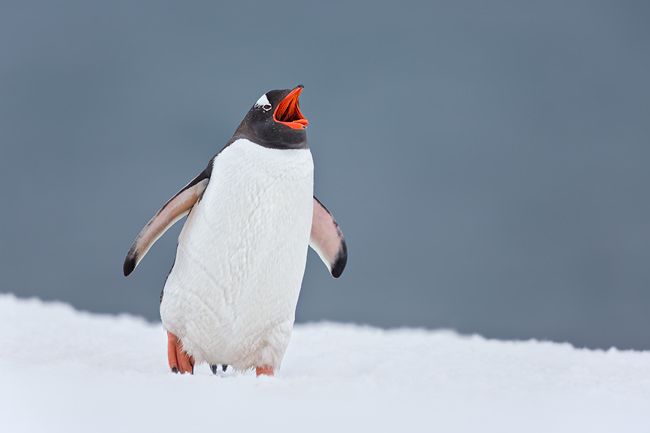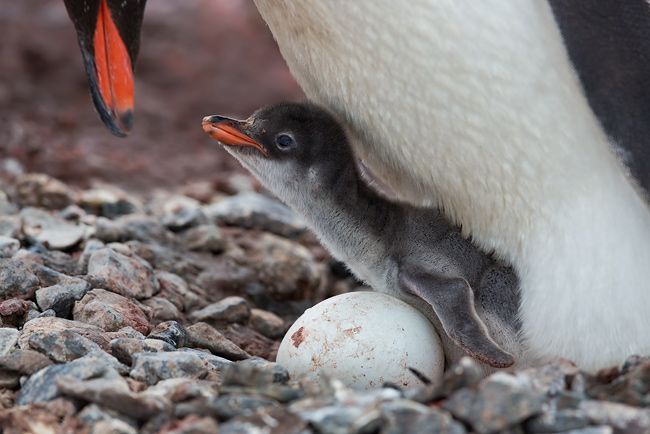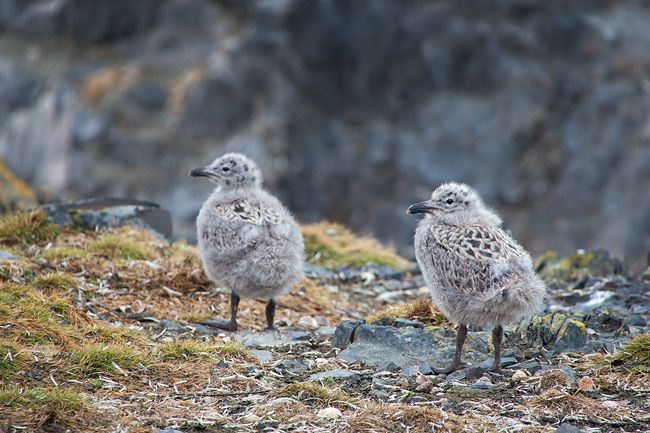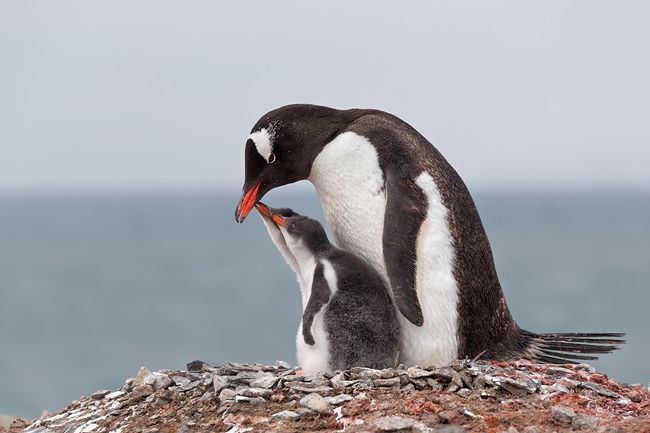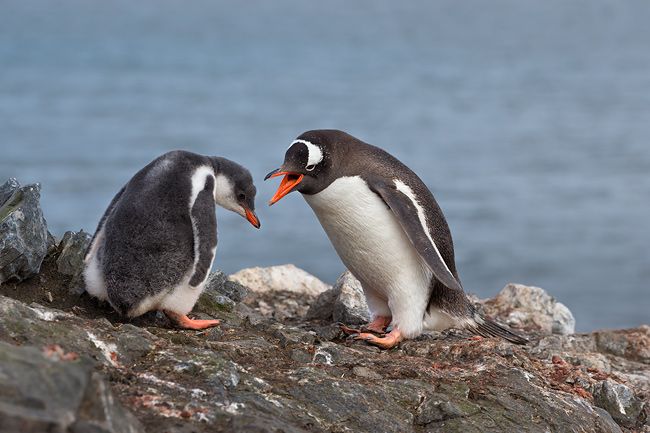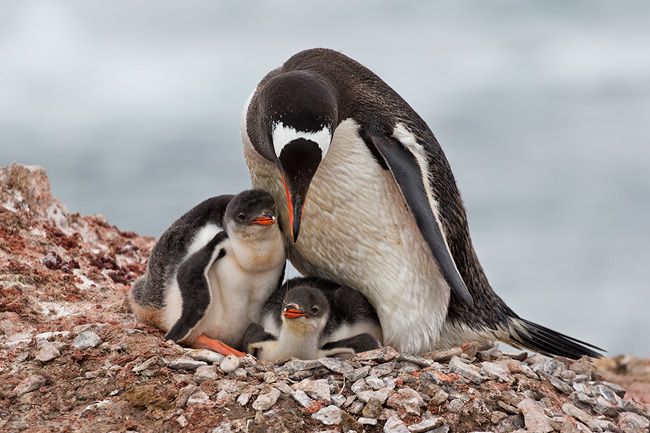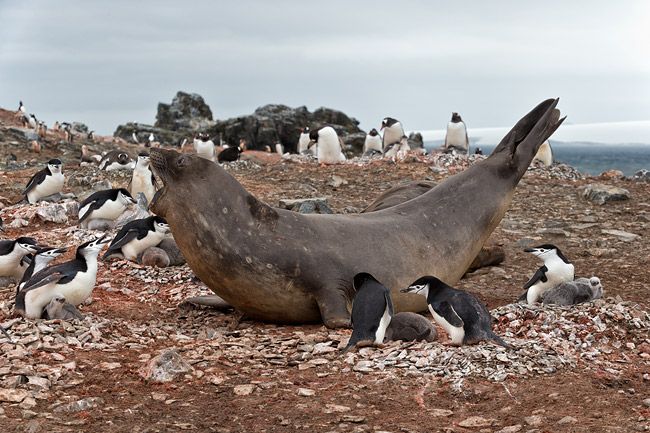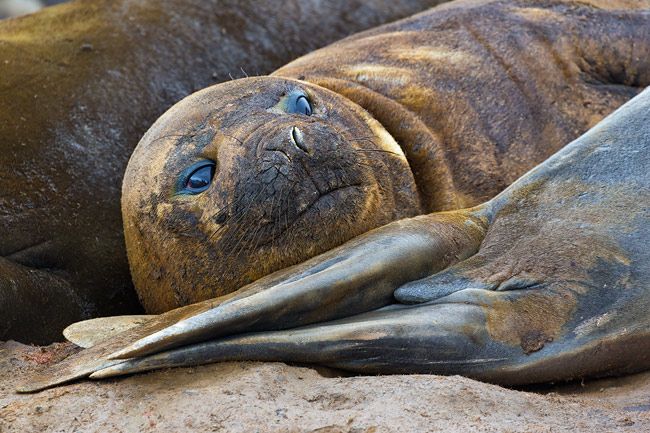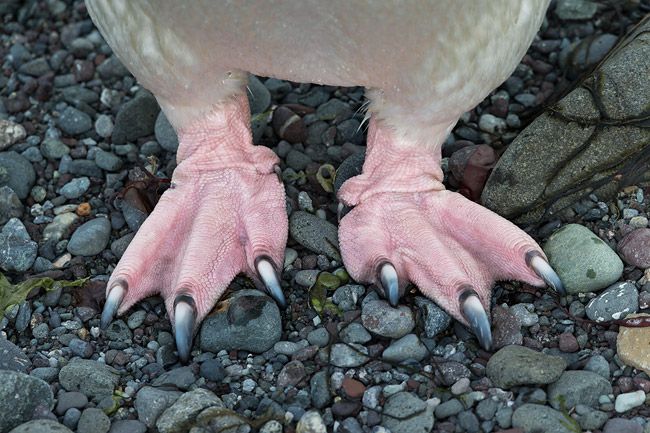If there is one place in the world where I would love to go, it would be Antarctica. The fascination has to do with heroic expeditions of the past, the enormous amounts of ice and isolation. Nobody really lives in Antarctica and it is difficult to get to, which leaves it rather unspoiled. Since my interest in photography gained traction over the last couple of years, a visit to Antarctica ended up higher on my “bucket list”. When the opportunity presented it self to join an in-depth expedition to the white continent organized by Cheeseman’s, I could not resist and jumped on the opportunity to fill the last bunk on board the ship. And boy, did I not regret that!
Here are some impressive facts: Antarctica is the coldest, driest, highest and windiest continent on earth. Its total land area is about 1.5 times the size of the United States including Alaska. In the winter the land area of Antarctica increases about 2.5 times in size due to pack ice. About 90 percent of the world’s ice and snow are located in Antarctica. Antarctica’s surrounding Southern Ocean ecosystem is the largest and most fertile in the world, and is equivalent to 10 percent of the world’s oceans, and extends from the Antarctic continent to the Antarctic Convergence, the boundary where northward-moving, cold Antarctic water meets southward-flowing, warm sub-antarctic water from the Atlantic, Pacific, and Indian oceans. The Antarctic circumpolar current — the West Wind Drift — transports more water than any other system in the world’s oceans. The sheer richness of the eco-system is staggering.
Antarctica has been the stage for over three hundred expeditions to the mainland of Antarctica since 1675, but it was during the early part of the twentieth century that the great explorations took place to reach the South Pole. The heroic feats of Shackleton, Amundsen, Scott, Byrd and Mawson are well documented and captured my attention and imagination with the white continent.
Reading more about Antarctica, its history and eco-systems, makes you realize how important this continent actually is for the rest of the world as we know it, and how changes to this continent and its eco-systems will have a severe impact on our near future and the life’s of future generations.
After a long flight and transfer between airports in Buenos Aires I arrived on New Year’s Eve in Ushuaia, the southern most city in the world. Ushuaia was the end destination of my previous trip to the South Georgia Islands and the Falklands, this time it was the start of a new adventure. Since everything was closed on New Year’s Eve, and hotels charged over US$ 200 for a meal, I finally ended up at the local Irish Pub for the last dinner of 2012. Quite surprising was the Caprese salad Irish style…. The next day we boarded the Dutch owned and operated expedition vessel Ortelius, a converted Russian survey vessel, which would be our home base for the next two weeks. After the mandatory life-boat drill we left the port of Ushuaia on the evening of January 1st and steamed through the Beagle Channel, towards the Drake Passage, which separates the South American continent from the Antarctic Peninsula. The Drake Passage can be a treacherous piece of water with gale force winds and high waves which has put fear in many seafarers over the years. Luck was on our side during our two day crossing to the continent. The Drake Passage looked like a mirror.
One thing that struck me was the lack of seabirds behind the vessel during the crossing. While on our way to the South Georgia Islands we had plenty of seabirds following the ship and providing great photo opportunities. This time it was not even worth to hang around outside with a camera as there was just nothing flying around. Only when we reached closer to the South Shetland Islands an increase in bird life was noticeable. The main reason for the lack of bird life in the Drake Passage is the deep water and lack of food source due to the prevailing ocean currents that do not bring sufficient food to the surface.
By the evening of the second day at sea we reached the South Shetland Islands and prepared for our first landing at Half Moon Island. After dinner the zodiacs were launched in 30 knots of wind and we made a pretty rough landing at the beach. The island was covered in snow and the hike to the Chinstrap Penguin colony was slippery and you ended up more than once knee deep in the snow. The colony was rather exposed to the elements (they usually are) and higher up on a hill, so photography and keeping your balance in 30 knots of wind proved challenging. I soon ventured off to more sheltered areas looking for different subjects. As the wind kept increasing the landing was called off early to get everybody back on board before the waves at the gangway would become too dangerous for safe off loading from the zodiacs. I ended up being the last to make my return to the beach. In the meantime it started snowing and I spotted Chinstrap Penguins coming over a snow ridge with the dark ocean as background. A lovely dramatic scene, which gave me the images I had hope for. With a happy feeling, I made it back in the last zodiac to the ship.

